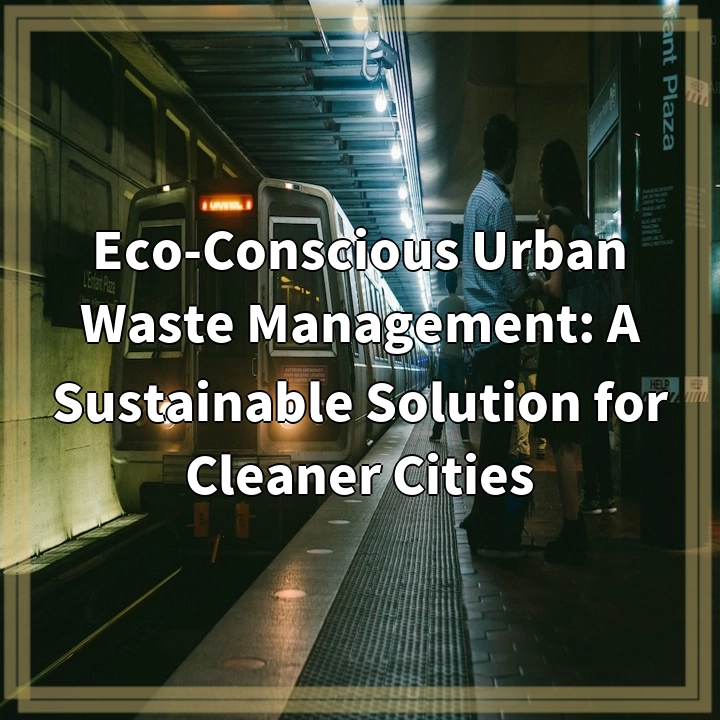
What it is:
Eco-friendly transportation alternatives are innovative solutions aimed at reducing the environmental impact of traditional forms of transportation. These alternatives prioritize sustainability, energy efficiency, and the reduction of greenhouse gas emissions. By embracing eco-friendly transportation options, individuals and communities can contribute to a cleaner and greener future.
Real-World Problems:
Despite the numerous benefits of eco-friendly transportation alternatives, there are several real-world problems that hinder their widespread adoption:
1. Limited Infrastructure:
One major challenge is the insufficient infrastructure to support eco-friendly modes of transportation. For example, there may be a lack of bicycle lanes, electric vehicle charging stations, or efficient public transportation systems in many areas. This limitation makes it difficult for individuals to choose sustainable transportation options.
2. Cost Barrier:
Another issue is the cost associated with eco-friendly transportation. Electric vehicles, for instance, can be more expensive to purchase compared to traditional gasoline-powered cars. Additionally, the installation of infrastructure, such as charging stations, may require significant investment. These financial barriers can deter individuals and communities from embracing eco-friendly alternatives.
3. Behavior Change:
Shifting behaviors and habits is often a challenge when it comes to adopting eco-friendly transportation alternatives. Many people are accustomed to the convenience and familiarity of traditional transportation modes. Encouraging individuals to embrace new methods, like walking, cycling, or using public transportation, requires education, awareness campaigns, and incentives.
4. Limited Accessibility:
In certain regions, eco-friendly transportation alternatives may not be easily accessible. Rural areas, for example, may lack the necessary infrastructure or public transportation options, making it challenging for individuals living in these areas to adopt sustainable transportation methods.
5. Resistance from Industries:
Industries involved in traditional transportation, such as fossil fuel companies and automobile manufacturers, may resist the shift towards eco-friendly alternatives. This resistance can be due to financial interests, fear of losing market share, or the need to adapt to new technologies and practices. Overcoming this resistance requires collaboration, policy changes, and creating incentives for industries to embrace sustainable transportation.

Solutions:
1. Improving Infrastructure:
To address the limited infrastructure challenge, governments and communities can invest in developing and expanding infrastructure for eco-friendly transportation. This includes creating dedicated bicycle lanes, expanding public transportation networks, and increasing the availability of electric vehicle charging stations. By improving infrastructure, individuals will have more accessible options for eco-friendly transportation.
2. Financial Incentives:
Reducing the cost barrier associated with eco-friendly transportation can be achieved through the implementation of financial incentives. Governments can provide tax credits and subsidies for purchasing electric vehicles or offer grants for the installation of charging stations. These incentives make sustainable transportation options more affordable and attractive to individuals and communities.
3. Education and Awareness:
Promoting behavior change requires education and awareness campaigns. By educating the public about the benefits of eco-friendly transportation, individuals can better understand the environmental impacts of their choices. Additionally, providing resources and information on the benefits and availability of sustainable transportation options can encourage individuals to make more environmentally conscious decisions.
4. Innovative Solutions:
To overcome limited accessibility challenges, innovative solutions can be explored. This may include implementing ride-sharing programs in rural areas, creating community transportation initiatives, or developing shared electric mobility services. These solutions can provide sustainable transportation options even in areas that lack traditional infrastructure.
5. Collaboration and Policy Changes:
Addressing resistance from industries necessitates collaboration between governments, industries, and environmental organizations. Policy changes, such as stricter emissions regulations and transitioning to renewable energy sources, can incentivize industries to shift towards eco-friendly alternatives. Collaborative efforts can also lead to the development of new technologies and practices that make sustainable transportation more accessible and attractive.















